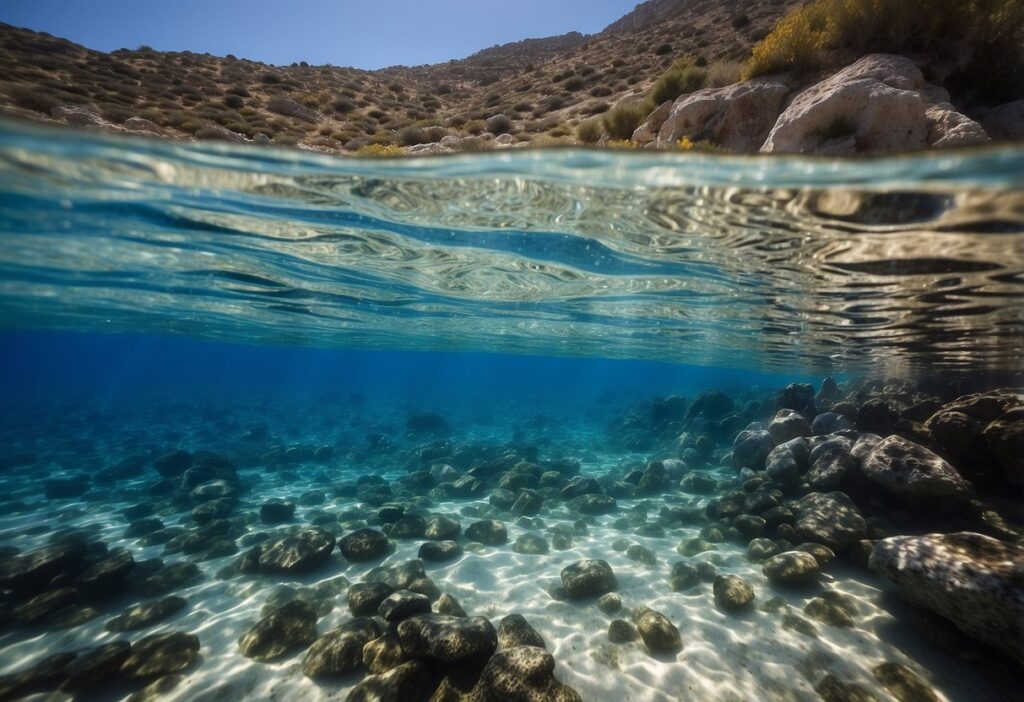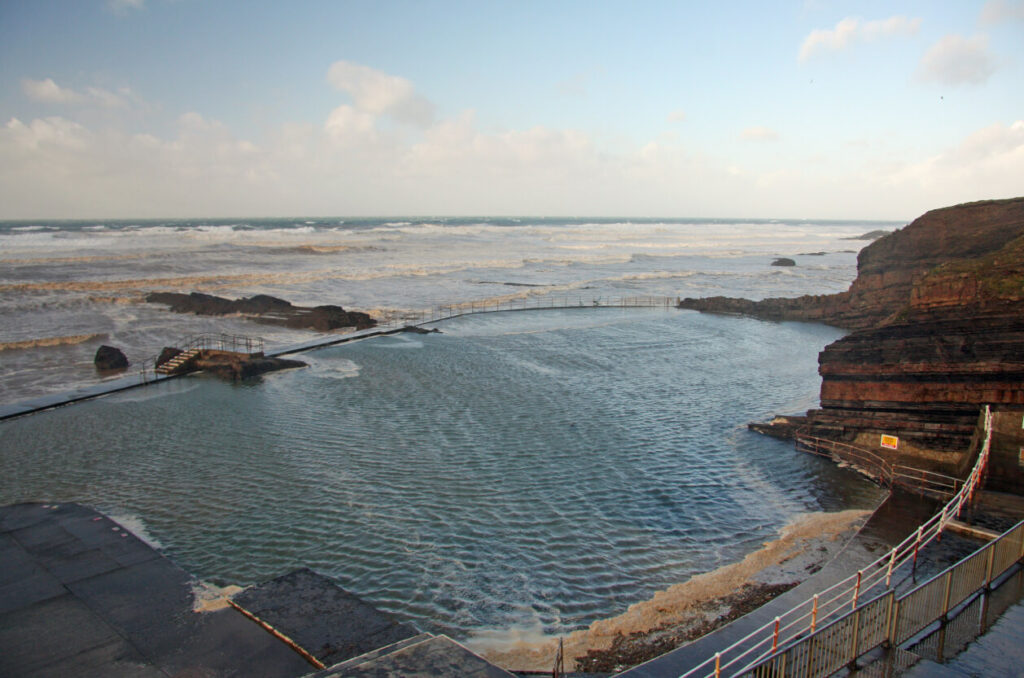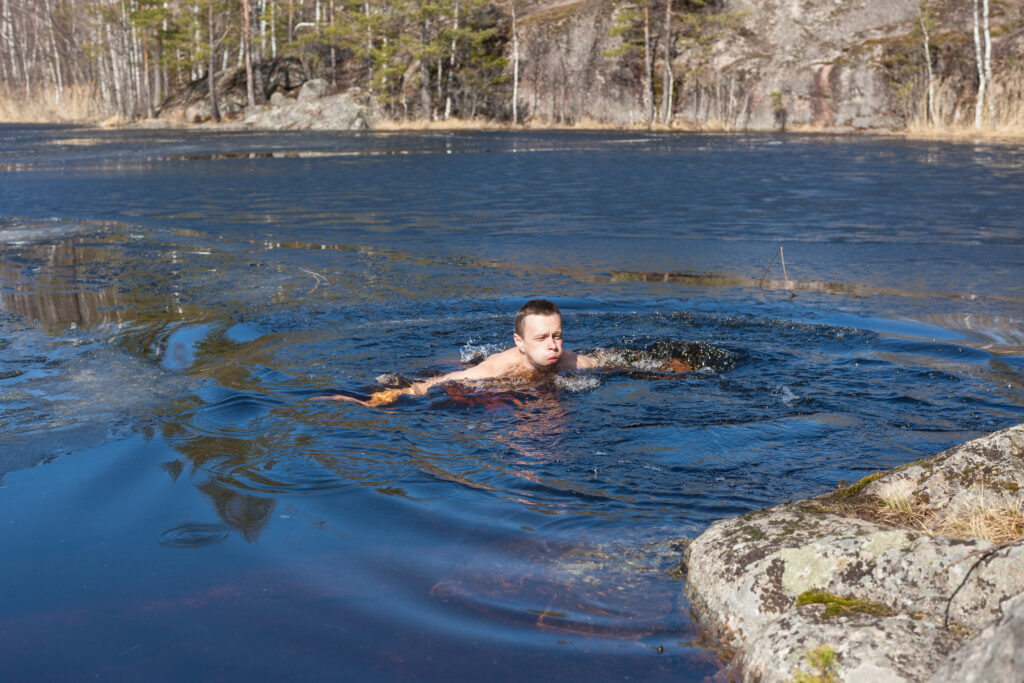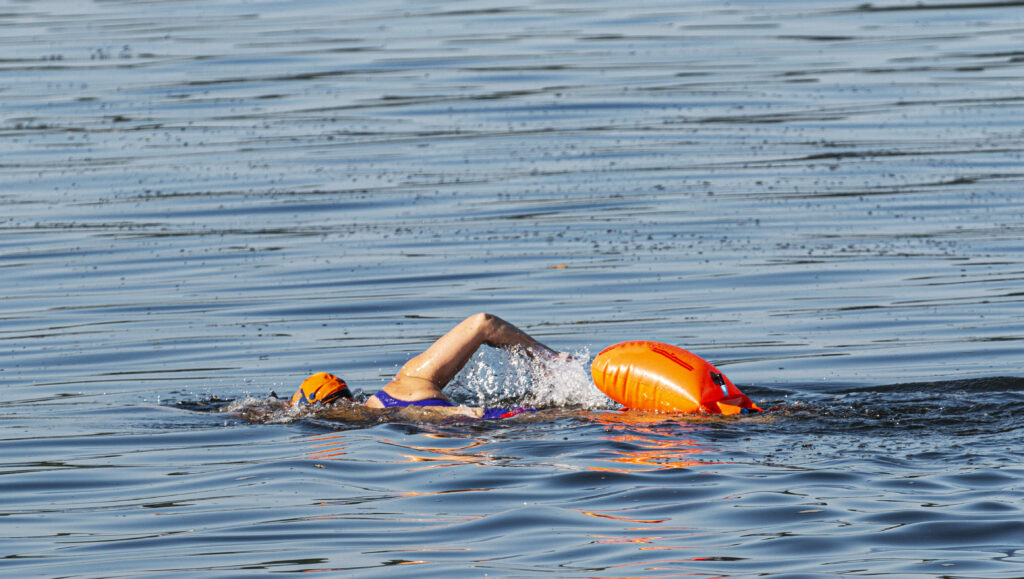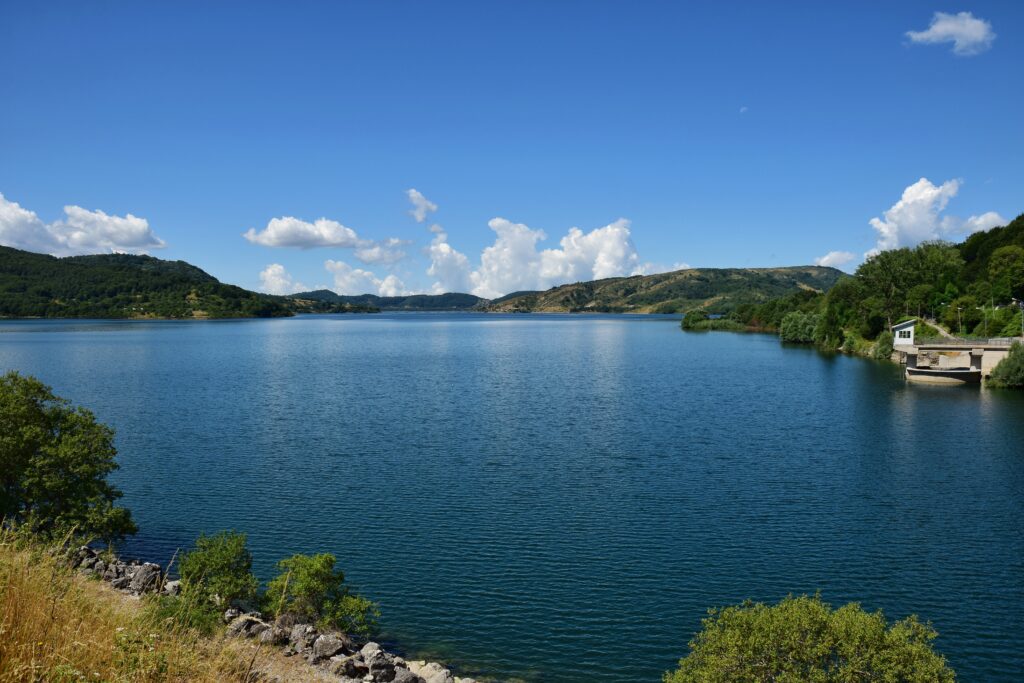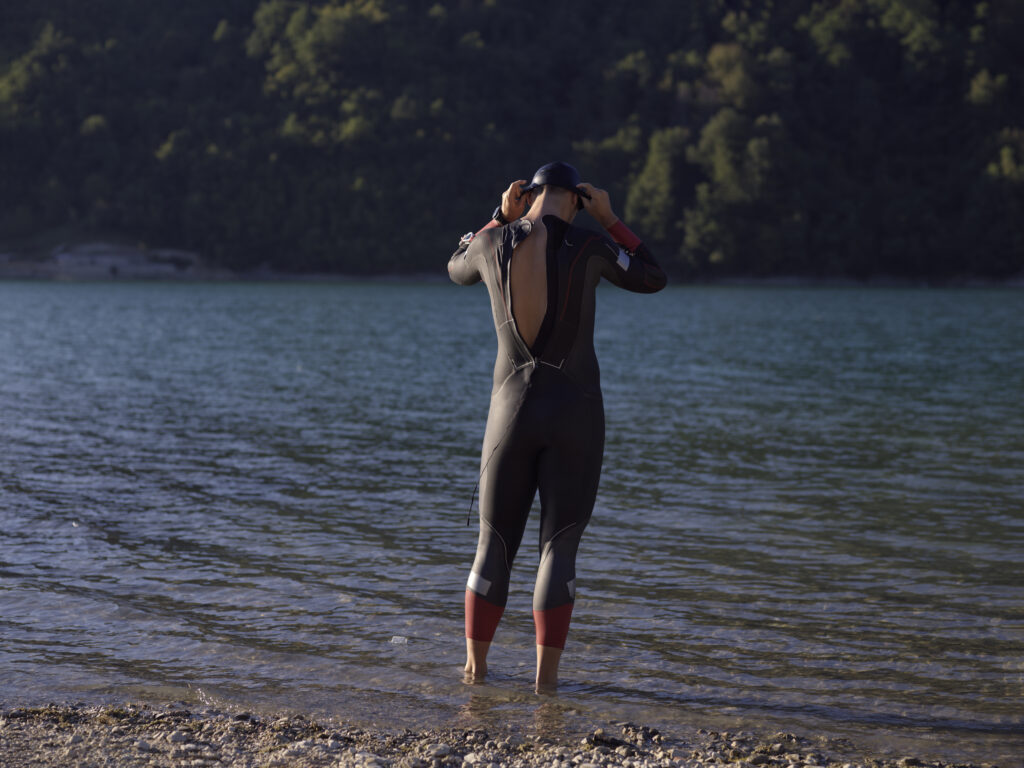For those seeking the best spots for open water swimming in Europe, several countries boast exceptionally clean seas.
Malta is renowned for its azure waters and unspoiled coastlines, scoring high marks for water quality.
In particular, the Blue Lagoon on the coast of Comino is a sought-after swimming paradise.
Austria, although landlocked, also makes a compelling case with its pristine lakes, frequently rated ‘excellent’ by various reports.
Croatia and Greece are other top contenders, with numerous bathing sites receiving accolades for their cleanliness.
For a comprehensive list of the cleanest swimming spots, look at recent reviews and studies.
Spotlights on countries like Cyprus, Denmark, and Germany indicate that at least nine in ten sites in these regions have exceptionally clean water, making them prime locations for open water enthusiasts.
Explore these destinations to experience some of the cleanest and most beautiful swimming spots Europe has to offer.
Overview of European Swimming Spots

European countries provide some of the best spots for open water swimming, recognised for their clean and clear waters.
From the Mediterranean to the Baltic Sea, each region offers unique experiences and unparalleled quality approved by the European Environment Agency.
Mediterranean Excellence
The Mediterranean boasts some of the cleanest and most popular destinations for swimming.
Countries like Greece, Cyprus, and Malta are known for their crystal-clear coastal waters.
Malta’s Blue Lagoon on Comino Island is a sought-after swimming spot, and around 96.6% of its waters are of excellent quality.
Greece and Cyprus also shine, with over 95% of bathing waters rated excellent, making them favourites for holidaymakers.
Adriatic Appeal
The Adriatic Sea, especially along the coasts of Croatia and Italy, offers stunning sea quality.
Croatia, with its long coastline and numerous islands, has around 95% of its bathing spots rated excellent.
Italy, particularly regions like Puglia and Sardinia, draws tourists with its clear waters and beautiful beaches. The Adriatic waters here are not only clean but also rich in marine life.
Baltic Beauty
Compared to the Mediterranean, the Baltic Sea offers a different but equally impressive swimming experience.
Estonia, Latvia, and Sweden have made significant efforts to maintain their coastal bathing waters, although some sites still face challenges.
Estonia and Latvia provide peaceful spots with generally good quality waters, creating a serene environment for swimmers. Sweden’s pristine waters are also a big draw for tourists.
Serenity of Inland Waters
Austria and Switzerland have some of the cleanest inland waters in Europe.
Nearly 98% of Austria’s bathing spots, including lakes and rivers like the Lobau River, are rated excellent.
Switzerland also boasts high-quality lakes perfect for swimming. These inland waters, surrounded by stunning landscapes, offer a different yet equally enjoyable experience compared to coastal areas.
Atlantic Allure
Countries bordering the Atlantic Ocean, such as France, Spain, and Portugal, offer excellent water quality and beautiful coastal regions.
France’s Atlantic coast provides numerous clean and well-maintained beaches.
Spain’s regions like the Basque Country and Galicia feature clear waters, while Portugal’s Algarve region is renowned for its pristine beaches and marine life.
Nordic Purity
The Nordic countries provide some of the cleanest swimming spots in Europe.
Denmark, Finland, and Norway have well-maintained coastal waters.
Denmark’s beaches are family-friendly and well-kept. Finland’s extensive coastline along the Baltic Sea offers many clean and refreshing bathing waters. Norway is famous for its fjords and coastal areas where waters remain exceptionally pure.
Hidden Gems of Central Europe
Central Europe offers less-known but equally stunning swimming spots.
Germany’s lakes and rivers, such as those in Bavaria, and the Czechia’s clean inland waters, provide great swimming opportunities. Slovakia’s lakes offer clear waters and beautiful surroundings.
These countries might not be coastal giants, but their inland waters maintain high standards of quality.
British Isles and Swimming
The UK and Ireland have a mix of coastal and inland swimming spots.
Ireland’s coastal water quality is generally high, especially in popular spots like the Wild Atlantic Way.
The UK, though no longer part of the EU, continues to strive for quality, with places like Cornwall and Devon offering notable clean bathing waters. Despite some challenges, many sites meet bathing water standards.
Evaluating Water Cleanliness

Proper evaluation of water cleanliness involves examining factors like water quality, pollution levels, and the potential health impacts on swimmers.
Bathing Water Quality and Safety
In Europe, bathing water quality is monitored closely. The European Environment Agency reported that in 2022, 85.6% of bathing water sites were of excellent quality.
Some countries like Cyprus, Austria, Greece, and Croatia had 95% or more of their sites meeting the highest standards.
Monitoring and maintaining high water quality is essential for safe swimming.
Proper testing involves checking levels of pollutants and bacteria.
Consistent monitoring helps ensure that beaches meet the necessary safety standards, protecting swimmers from harmful pathogens and pollutants.
Proper communication of water safety and quality to the public is also vital. Authorities often display results at beaches to keep the public informed.
Assessment of Clean Seas
Assessing the cleanliness of seas involves detailed ecological studies.
These assessments look at various factors including the presence of pollutants, ecological status, and human impact. Reports like those from the European Environment Agency highlight the importance of these assessments.
Pollution from industrial activities, agricultural runoff, and wastewater can adversely affect sea cleanliness.
By evaluating these pollutants, authorities can develop effective strategies to mitigate their impact.
Implementing and enforcing regulations around pollutants is necessary to maintain clean and safe open water sites.
Effects on Human Health
Swimming in clean water is not only pleasant but also crucial for preventing health issues.
Polluted waters with high levels of harmful bacteria and pathogens can cause illnesses such as gastrointestinal infections, skin rashes, and respiratory issues.
Monitoring and ensuring water cleanliness is thus critical for public health.
Effective monitoring can reduce the risks of waterborne diseases.
Public health advisories play a significant role in informing the public about potential risks.
European countries with high standards of water cleanliness set examples for maintaining and improving water quality, benefiting both residents and tourists who enjoy open water swimming.
Environmental Governance

Environmental governance in Europe plays a crucial role in maintaining the quality of the seas, essential for activities such as open water swimming. Several frameworks and initiatives ensure that water quality meets stringent standards.
European Legislation and Policies
The European Union has established several important policies to safeguard water quality. The Bathing Water Directive is one of the primary regulations, setting standards for water quality at coastal and inland bathing sites. Regular monitoring and assessment are key components of this directive.
Policies like the Zero Pollution Action Plan aim to reduce air, water, and soil pollution to levels that are no longer harmful to health and natural ecosystems.
This comprehensive approach involves stringent controls on pollutants from urban areas and industries, enhancing the safety of bathing waters.
Water Quality Management
Water quality management in Europe involves a collaborative effort between various stakeholders, including local authorities, governments, and the European Union.
Wastewater Treatment Plants (WWTPs) are essential in filtering and treating sewage before it reaches water bodies.
These plants ensure that potential contaminants are removed, maintaining high water quality.
Geographic Information System (GIS) technology aids in monitoring and managing water quality.
It helps in tracking pollution sources and assessing the impact of infrastructure projects on water bodies.
Regular assessments help in identifying areas needing improvement and implementing timely solutions.
Droughts and climate change pose new challenges, impacting water availability and quality.
The EU responds with adaptive measures to ensure resilience against these stresses, supporting clean and safe environments for open water swimming.
Sustainability and Future Trends
Sustainable practices are at the forefront of European environmental governance.
To maintain and improve water quality, both existing and new infrastructure must be sustainable.
The focus is on efficient waste water treatment, reducing pollution, and enhancing natural resilience.
Future trends include advanced monitoring technologies and stricter regulations under frameworks like the Zero Pollution Action Plan.
These initiatives aim to achieve cleaner seas by reducing pollutants from various sources, including industries and urban areas.
Promoting awareness and community involvement is also pivotal.
By engaging citizens in initiatives and providing transparent information, Europe ensures a collective effort towards healthier seas, safeguarding them for future generations.
Challenges and Adaptations

European countries face several challenges in maintaining clean seas for open water swimming. Moreover, adapting to these challenges requires various strategies, technologies, and awareness.
Urban Impact on Coastal Areas
Urbanisation has greatly impacted coastal waters. Industrial and residential areas often contribute to water pollution through waste disposal and runoff.
Heavy summer rains can exacerbate this issue by washing pollutants into the sea. Tourism also adds pressure, with increased waste and water usage during peak seasons.
Effective waste management and sustainable development practices are essential in mitigating these effects.
Climate Change and Water Quality
Climate change affects sea water quality in several ways.
Droughts lead to lower water levels, which can concentrate pollutants.
Conversely, heavy rainfall can cause storm water overflows, introducing contaminants into coastal waters. Rising sea temperatures also influence water ecosystems.
Monitoring and adaptive water management practices, like those encouraged by the European Environment Agency, are crucial to address these climate-induced changes.
Health Considerations Post-Pandemic
The pandemic has highlighted the importance of personal health and hygiene, particularly concerning open water bathing sites.
Contaminated waters can cause stomach upsets and diarrhoea, posing significant health risks.
Increased monitoring of water quality is essential to ensure safe bathing conditions.
Authorities must use technology like GIS for effective monitoring and timely public advisories.
The Role of Technology in Monitoring
Technological advancements play a vital role in monitoring the quality of water.
GIS systems help track pollution sources and assess water quality in real-time.
This data helps authorities implement targeted interventions.
The European Environment Agency’s reports provide insights into water quality trends, helping policymakers and the public stay informed about the cleanliness and safety of open water swimming sites.
Popular Destinations and Emerging Trends

Europe offers some of the cleanest open waters for swimming, attracting tourists seeking pristine swimming spots. Significant trends include the rise in wild swimming and preparations for major events like the Paris 2024 Olympics.
Leading Countries for Clean Swimming
Malta, known for its clear waters and stunning coastlines, ranks high among European destinations with its Blue Lagoon at Comino being particularly sought after.
Cyprus and Croatia also boast exceptionally clean seas, ideal for holidaymakers.
Greece offers beautiful swimming spots like Voidomatis, celebrated for its turquoise waters.
Iceland leads the clean water index, with consistently high-quality bathing water across various locations.
Trends in Swimming Tourism
Swimming tourism is evolving, with more people exploring wild swimming opportunities.
Natural sites in countries like Greece, Croatia, and Ireland are becoming popular.
The demand for less crowded, natural spots is rising and eco-friendly destinations are seeing increased interest.
Tourists are now looking beyond traditional spots and discovering hidden gems that offer tranquillity and cleaner environments.
Preparing for Major Events
In light of the Paris 2024 Olympics, there is a significant focus on water quality in cities like Paris.
The Seine River, a central part of the upcoming games, is undergoing extensive cleaning to ensure it meets the European Bathing Water Directive standards.
Copenhagen, often noted for its clean harbour baths, serves as an inspiration for ensuring urban waters are safe for swimming during major events.
Recommendations for Swimmers
When choosing a destination, swimmers should research current water quality reports.
Recognised swimming spots in Malta, Greece, and Croatia are excellent choices.
Consider off-peak travel to avoid crowds and enjoy cleaner waters.
For those interested in wild swimming, researching less commercialised locations can provide a unique and peaceful experience.
Safety and adherence to local guidelines are paramount to ensuring a enjoyable and secure swimming holiday.
Conclusion

Europe offers some of the cleanest seas for open water swimming. Countries like Iceland, Greece, and Malta are known for their exceptional water quality.
In Iceland, waters received a remarkable clean water index score, making it a top destination for swimmers.
Greece boasts numerous sites with excellent ratings, attracting many tourists each year.
Malta consistently ranks high for its pristine swimming spots, recognised by many studies.
Denmark also stands out with its extensive coastline and high-quality waters.
When travelling to Europe for swimming, these countries should be at the top of your list. The clear, clean waters provide the perfect setting for an enjoyable and safe swimming experience.
Frequently Asked Questions

Europe boasts numerous destinations with excellent water quality for open water swimming. These spots are well-recognised for their cleanliness, clarity, and safety, making them highly desirable for swimmers and tourists.
Which European country is renowned for the highest quality of its coastal waters?
Austria is often highlighted for its exceptionally clean coastal waters, a fact supported by numerous environmental reports.
Austria’s swimming spots are consistently rated among the highest in Europe, ensuring excellent conditions for open water swimming.
Where can I find the clearest waters for open water swimming in Europe?
For the clearest waters, Malta stands out. Known for its azure waters and unspoiled coastlines, Malta’s waters achieve a high mark for quality. The Blue Lagoon on the coast of Comino is one of the most sought-after swimming spots in Europe.
What are the top beaches in Europe known for exceptional water clarity and cleanliness?
Beaches in Cyprus, Greece, and Croatia are renowned for their exceptional water clarity and cleanliness. These countries maintain very high standards at their coastal bathing sites, making them ideal for those seeking pristine swimming conditions.
Which European destinations offer the best conditions for clean open water swimming?
Destinations like Greece and Croatia are celebrated for their excellent water quality. These countries ensure that 95% or more of their bathing sites offer impressive conditions for swimmers.
Can you list the European countries with the most pristine swimming conditions at their beaches?
Cyprus, Greece, Austria, and Croatia all have more than 95% of their bathing sites graded as excellent. Other notable mentions include Malta and Luxembourg, which also maintain high standards for their open water swimming spots.
In which European countries are the rivers and seas most suited for safe and clean swimming?
Austria and Greece have outstanding coastal and inland swimming spots.
Sweden and Germany also prioritise high-quality water management. This makes rivers and seas in these countries ideal for safe and clean swimming conditions.

